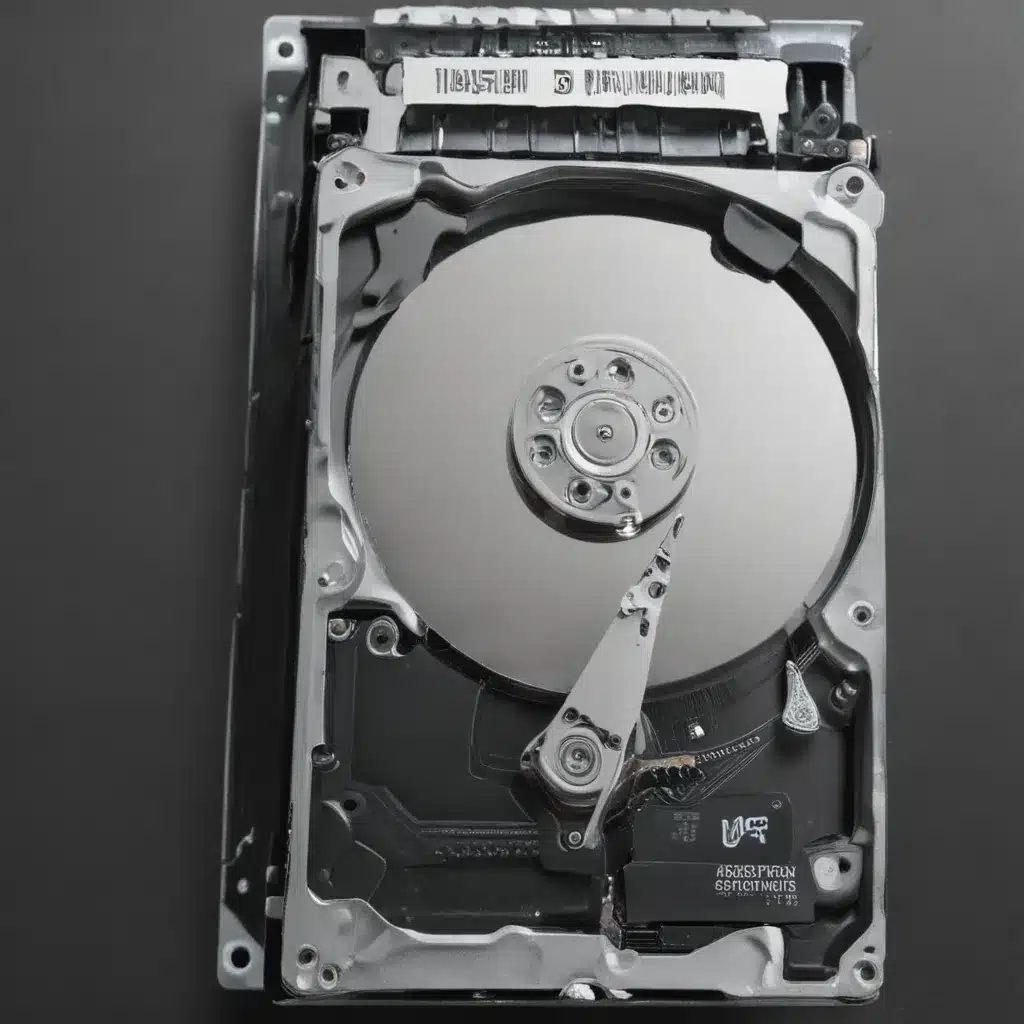Experiencing Sluggish Performance? Uncover the Culprits and Revive Your PC
As a seasoned technology enthusiast, I’ve encountered my fair share of computer performance woes. It’s a frustrating experience when your once-speedy machine starts to slow down, hampering your productivity and overall user experience. If you’re wondering “why has my computer lost its speed?”, you’re not alone. In this in-depth article, I’ll explore the common causes of performance degradation and provide practical solutions to restore the lost performance of your beloved PC.
Identifying the Underlying Causes of Slow Performance
The reasons behind a computer’s sluggish performance can be multifaceted. Let’s dive into the most common culprits and understand how they can impact your system’s speed.
Excessive Startup Programs and Background Processes
One of the primary culprits behind a slow-running computer is the proliferation of startup programs and background processes. These applications, which automatically launch when your computer boots up, can consume valuable system resources, leaving less for the tasks you actually need to perform. I’ll explore how to identify and manage these resource-hogging programs to free up your computer’s processing power.
Cluttered and Fragmented Storage Drives
As we store more and more data on our computers, the storage drives can become cluttered and fragmented, leading to slower file access times and overall system performance. I’ll discuss the impact of disk fragmentation and provide steps to defragment your drives and declutter your storage, reclaiming valuable space and improving your computer’s responsiveness.
Outdated or Conflicting Software Installations
Outdated software, especially drivers and system utilities, can cause compatibility issues and slow down your computer’s performance. Additionally, conflicting software installations can create conflicts and resource contentions, further exacerbating the problem. I’ll guide you through the process of identifying and updating your software to ensure optimal compatibility and performance.
Malware and Viruses
Malicious software, such as viruses, spyware, and ransomware, can wreak havoc on your computer’s performance, consuming system resources, slowing down processes, and even causing data loss. I’ll share effective strategies for detecting and removing these threats, helping you regain control over your computer’s speed and security.
Hardware Limitations and Aging Components
As technology advances, the hardware components in your computer may become outdated and struggle to keep up with the demands of modern software and applications. I’ll explore how factors like insufficient RAM, outdated CPUs, and aging storage drives can contribute to performance degradation, and provide recommendations for hardware upgrades to revive your system’s speed.
Reviving Your Computer’s Performance: Proven Strategies and Techniques
Now that we’ve identified the potential culprits behind your computer’s sluggish performance, let’s dive into the practical steps you can take to restore its lost speed and efficiency.
Cleaning Up Startup Programs and Background Processes
I’ll guide you through the process of identifying and managing the startup programs and background processes that are consuming your system’s resources. We’ll explore tools and techniques to selectively disable or remove unnecessary programs, freeing up valuable processing power and memory for your core tasks.
Defragmenting and Optimizing Storage Drives
Disk fragmentation can significantly impact your computer’s performance, as it forces the drive to work harder to locate and access files. I’ll walk you through the steps to defragment your storage drives, as well as strategies for decluttering and optimizing your file storage to ensure faster data access and retrieval.
Updating and Troubleshooting Software Conflicts
Keeping your software, drivers, and system utilities up-to-date is crucial for maintaining optimal performance. I’ll share best practices for identifying and resolving software conflicts, as well as the steps to update your system’s critical components, ensuring compatibility and eliminating performance-hindering issues.
Detecting and Removing Malware Threats
Malware infections can severely impact your computer’s speed and stability. I’ll provide guidance on effective antivirus and anti-malware solutions, as well as proven techniques for detecting, isolating, and removing any malicious software that may be dragging down your system’s performance.
Upgrading Hardware Components
In some cases, the solution to your computer’s performance woes may lie in hardware upgrades. I’ll discuss the key hardware components that can make the most significant impact on your system’s speed, such as upgrading your RAM, installing a solid-state drive (SSD), or replacing an aging CPU. I’ll provide specific recommendations and advice to help you make informed decisions about hardware upgrades.
Maintaining Peak Performance: Sustainable Strategies for the Long-Term
Restoring your computer’s speed is just the first step; the real challenge lies in sustaining its peak performance over the long run. I’ll share proactive maintenance strategies and best practices to help you keep your system running at its best.
Establishing a Routine Maintenance Schedule
Implementing a regular maintenance routine is crucial for keeping your computer’s performance in check. I’ll outline a step-by-step plan for scheduling routine tasks, such as disk defragmentation, system cleanups, and software updates, to ensure your computer remains fast and efficient.
Monitoring System Health and Resource Utilization
Regularly monitoring your computer’s health and resource utilization is key to identifying and addressing performance issues before they become major problems. I’ll introduce various system monitoring tools and techniques that can help you stay on top of your computer’s performance, allowing you to take proactive measures to maintain its speed and responsiveness.
Optimizing Power Settings and Thermal Management
Your computer’s power settings and thermal management can have a significant impact on its performance. I’ll provide guidance on how to optimize these settings to ensure your system is running at its peak efficiency, without overheating or unnecessarily draining resources.
Embracing a Minimalist Approach to Software and Data
As the saying goes, “less is more.” By adopting a minimalist approach to the software and data you install and store on your computer, you can help maintain its speed and responsiveness. I’ll share strategies for identifying and removing unnecessary programs, as well as techniques for optimizing your data storage and file organization to keep your system running smoothly.
Conclusion: Reclaim the Speed and Efficiency of Your Beloved Computer
In this comprehensive guide, we’ve explored the common causes of computer performance degradation and uncovered practical solutions to restore the lost speed and efficiency of your beloved machine. By addressing issues like startup clutter, disk fragmentation, software conflicts, and hardware limitations, you can breathe new life into your computer and reclaim the smooth, responsive experience you once enjoyed.
Remember, maintaining peak performance is an ongoing process, requiring a proactive approach and a commitment to regular maintenance. By implementing the strategies and techniques I’ve outlined, you’ll be well on your way to keeping your computer running at its best, allowing you to stay productive, efficient, and fully in control of your digital experience.
Don’t let a sluggish computer hold you back any longer. Take action today and restore the speed and performance of your computer, unlocking its true potential and empowering you to tackle your daily tasks with renewed vigor and confidence.













